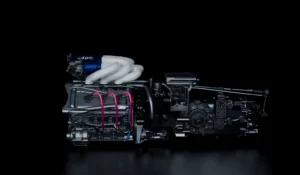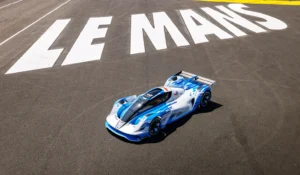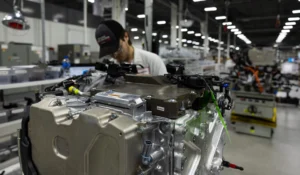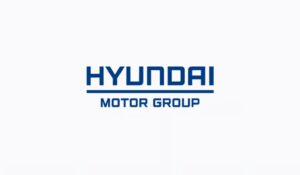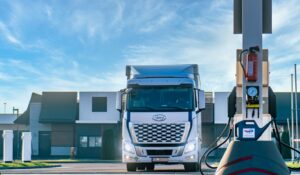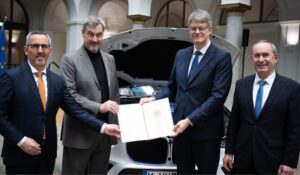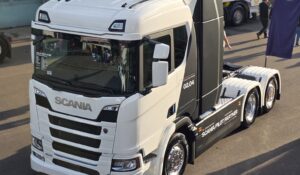Hydrogen fuel cells: Symbio officially bags Tier 1 OEM supplier status
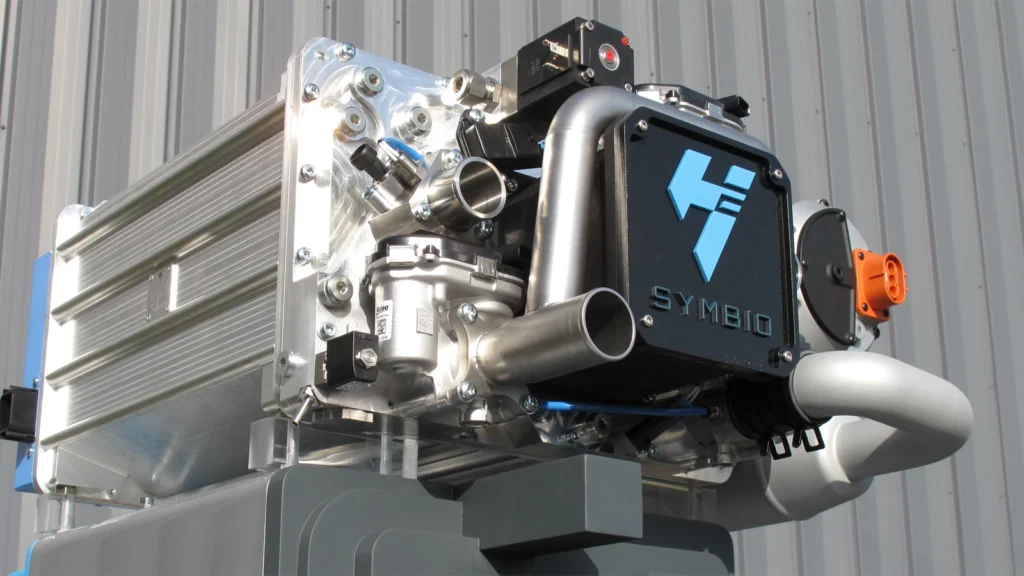
Symbio has just become the first European – and only the second global – hydrogen fuel cell outfit to bag the coveted IATF 16949 certification.
For those whose pulses don’t exactly race at the mention of “manufacturing standards”, bear with me.
It is one of the automotive industry’s highest marks of quality: once you achieve it, carmakers trust you as a key supplier.
Who is Symbio?
Symbio is the hydrogen-focused venture backed by heavyweights like Michelin (yes, the tyre people), Forvia (a global supplier born from Faurecia and HELLA), and Stellantis (the conglomerate that gave us brands like Opel, Citroën, Peugeot, and more badges than you can shake a dipstick at).
Symbio is a pretty serious outfit with the (mostly French) might to push hydrogen fuel cells into the mainstream – or at least have a solid crack at it.
SymphonHy fuel cell factory
Their crown jewel is SymphonHy, touted as Europe’s largest dedicated hydrogen fuel cell gigafactory.
It’s where the magic (or, the chemical wizardry) happens – crafting, refining, and tinkering with fuel cells that slot into everything from commercial vans to motorsport prototypes.
Since opening just over a year ago, SymphonHy has rapidly scaled production, hitting an annual output of 16,000 fuel cell systems, with plans to triple that to 50,000 by 2026.
It’s a part of HyMotive – the €1 billion project backed by the EU and French government, aimed at accelerating hydrogen adoption in transport.
They have 7,000 square metres dedicated to R&D, with a workforce of over 450 engineers. The site is both a manufacturing hub and a testing ground for the next generation of hydrogen mobility.
Why this is remotely interesting
IATF 16949 isn’t some bureaucratic rosette, although it is also that. For automakers it’s the difference between ‘interesting concept’ and ‘yes, we’ll actually buy your fuel cells’.
Automakers don’t just want innovation – they want something they can rely on. This certification means Symbio’s fuel cells meet the same standards as any other critical car component.
With that approval, hydrogen power edges closer to shedding its reputation as an elaborate science project.
It can now sit confidently alongside the gearboxes, brake assemblies, and other everyday bits that make your car function.
Symbio’s fuel cells in the wild
Symbio’s kit is already out in the world earning its keep. You’ll find the units powering:
- Stellantis vans: Models like the Opel Vivaro, Citroën Jumpy, and Peugeot Expert
- Extreme E (now Extreme H): The electric off-road racing series is switching some of its cars to hydrogen from 2025. Symbio’s kit will see action in deserts, tundras, and other places not famed for gentle driving conditions, proving their fuel cells can handle the harshest environments known to rally fans.
- MissionH24 at Le Mans: Symbio supplies hydrogen power to a prototype racer running on liquid hydrogen.
The takeaway
Battery EVs may still hog most headlines, but hydrogen is quietly (and now officially) proving it can play the same high-stakes game.
With the IATF 16949 certification in its back pocket, Symbio’s telling major manufacturers: We’re ready whenever you are. The new credentials are a welcome sign of hydrogen’s growing maturity.
And that’s a good thing. This hopefully means more hydrogen vehicles in your local forecourt – or at the very least, in your courier’s fleet – sooner than you’d think. Not bad for a piece of paper, really.

